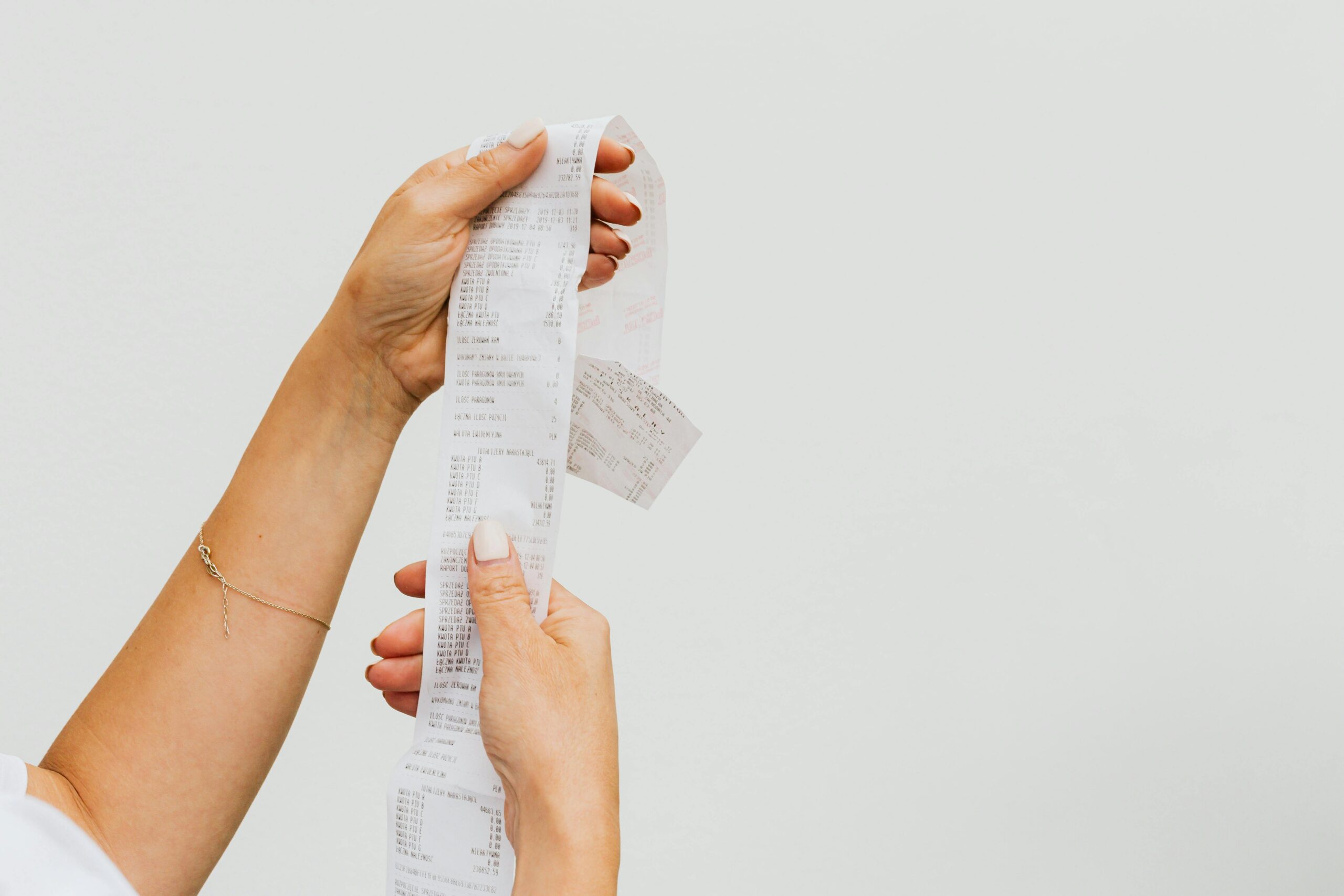
Haga clic aquí para leer esta información en español.
Groceries can be a major expense, especially when you’re also managing the financial challenges that often accompany cancer treatment. Following a health-supporting diet may seem difficult on a limited budget, but it is achievable. You don’t need pricey or specialty foods to nourish your body well during this time.
With some planning and the right strategies, you can find less expensive foods to fit within evidence-based guidance from the American Institute for Cancer Research for cancer prevention and survivorship. We’ve gathered our favorite tips, budget-friendly foods, and helpful resources to help you shop smart and eat well without breaking the bank.
Five Fabulous Money Saving Tips:
- Frozen and canned fruits and vegetables can be as nutritious as fresh! Look for canned fruit packed in 100% fruit juice and lower sodium canned vegetables.
- Save money with store brands. They are typically as nutritious as the equivalent brand-name products and often cost less
- “Shop” your fridge, freezer and pantry first. Plan weekly meals around these foods to cut down how much you need to purchase at the store.
- Organic labels don’t mean more nutritious. Choose conventionally grown food and save money.
- Replace meat in your favorite recipes with beans or lentils to stretch your dollar. They are high in protein, fiber, and other important nutrients!
🔗 Check out Take a Bite Out of Your Food Budget for many more great tips!
Budget-Friendly Shopping Guide:
Use this guide to find healthy foods without overspending.
- Fruit:
- Apples
- Bananas
- Grapes
- Lemons
- Limes
- Mellon
- Oranges
- Peaches
- Pears
- Plums
- Mangoes
- Papayas
- Fruit in season or on sale
- Canned fruit packed in 100% fruit juice
- Frozen fruit such as bananas, mangos, peaches, cherries, pineapple and berries (Look for other varieties on sale.)
- Raisins and other dried fruit without added sugar
- Vegetables:
- Broccoli
- Cabbage
- Carrots
- Cucumbers
- Onions
- Potatoes
- Green beans
- Green lettuce
- Peppers
- Squash
- Sweet potatoes
- Tomatoes
- Zucchini
- Low-sodium canned vegetables (Drain and rinse to decrease sodium [salt].)
- Frozen vegetables such as broccoli, peas, green beans, corn, mixed vegetables, cauliflower, Brussel sprouts, spinach
- Vegetables in season or on sale
- Grains & Bread:
- Barley
- Brown rice
- Corn and popcorn kernels
- Corn tortillas
- Grits
- Oats
- Quinoa
- Whole-wheat bread, pasta, tortillas
- Whole-grain crackers and cereals
- Proteins:
- Cans or pouches of tuna, salmon or chicken
- Cheese (Purchase as blocks and slice or grate at home, as needed.)
- Dried (or canned) beans or lentils
- Eggs
- Low-fat or fat-free cottage cheese
- Low-fat or fat-free yogurt (Look for varieties with less added sugar.)
- Lean meat, poultry & fish on sale (and frozen varieties)
- Peanut butter
- Nuts and seeds, such as peanuts, peanut butter, almonds, pumpkin seeds (pepitas), and sunflower seeds
- Tofu
- Pantry Staples & Seasonings:
- Baking goods such as flour, sugar, salt, baking soda, baking powder, cornmeal and Condiments such as low sodium ketchup, mustard, salsa, hummus, low-sugar jelly and low-fat salad dressing
- Cooking ingredients such as lemon and lime juice, olive, garlic, ginger, olive oil, canola oil or other vegetable oils, vinegar, and low-sodium broth or bullion
- Dried herbs & spices, pepper, garlic powder, onion powder, Italian seasoning, chili powder, pepper flakes, and other low-sodium seasonings
- Beverages:
- 100% fruit juice
- Coffee
- Low-fat or fat-free milk
- Plant-based milk (unsweetened)
- Tea bags

🔗 Find nutrition guidance for managing additional side effects here.
Recipe:
Try this simple but nutritionally dense smoothie! It even includes a vegetable—but don’t worry, the fruit really hides the taste. It is such a fun, sneaky treat.
Websites & Resources Featuring Budget-Friendly Recipes:
- SNAP-Ed Recipes
- SNAP-Ed Recipe Video Collections
- USDA SNAP Recipes
- SNAP-Ed Partner Recipes
- Fred Hutch Cook for Your Life: Budget Friendly Recipes
- Snap 2 Cook Recipe App
- Shop Simple with MyPlate App
Eating well as a cancer survivor doesn’t have to be expensive or overwhelming. By making sensible food choices and finding a few recipes you enjoy, you can nourish your body in a way that supports your health and fits your budget. Every day, budget-friendly habits can help you maintain your well-being and feel your best.
Through the Nutrition Education Services Center patients and caregivers of all cancer types can receive a free nutrition consultation with a registered dietitian who has expertise in oncology nutrition.
Additional Resources:
